How to fix low water pressure
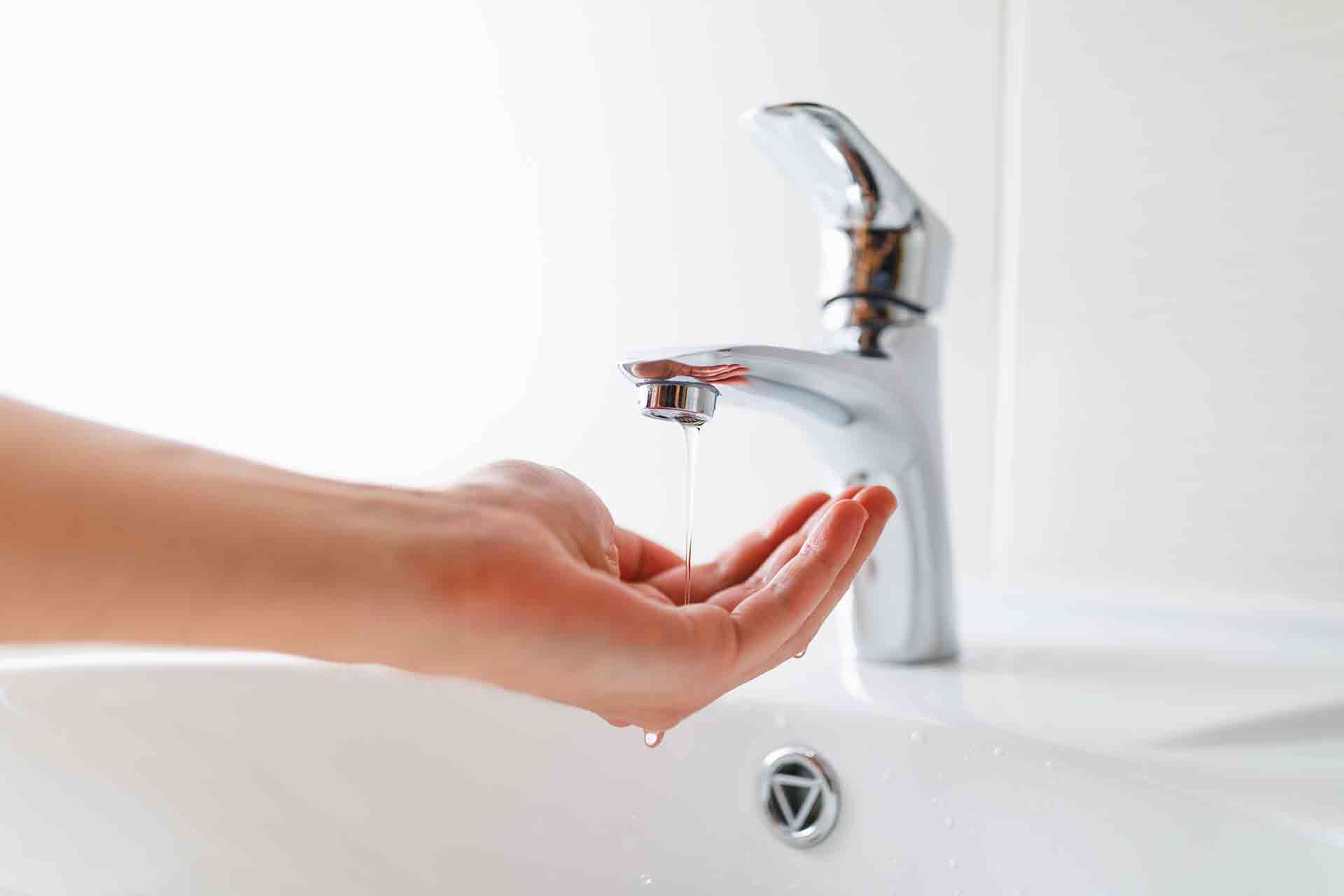
Did you know, it might be possible to fix low water pressure yourself? This is a fantastic opportunity to learn a new skill that you will need again and again.
Read on to learn everything you need to know to fix this frustrating issue, including handy sections for how to fix a sink with low water pressure, as well as low water pressure fixes for boilers and showers.
Why is my water pressure so low?
There are several reasons why your water pressure could be low, so you’ll need to consider the different causes. And of course, the sooner you can identify the problem, the quicker you’ll be able to find a remedy.
- Local water system. Try speaking to your neighbours to see if they are also having issues. If they are, the problem is likely to be with your local water system, which isn’t something you can fix yourself.
- Water leaks. Checking for leaks should be one of the first things you do. As well as checking visually, you can also check a pipe by turning off the water supply and keeping an eye on the meter to see if it keeps increasing.
- Clogs. These can be caused by natural salts and minerals in the water supply. Check your taps, shower head, and other water sources for clogs or blockages.
- Partially closed valve. Sometimes, it could just be as simple as a valve limiting your water supply. Check all valves including the mains to make sure they’re fully open.
- Pump. If you don’t regularly maintain your water pump it may begin to malfunction over time. Alternatively, if your pump isn’t very powerful this can cause low water pressure.
- Frozen pipes. During the winter, colder temperatures can cause pipes to freeze up to the point that most water won’t travel through. Check your pipes, especially external ones.
- Corroded pipes. This is likely to happen with older piping, as they’re prone to rust. The pipes degrade with rust flaking off, creating a build-up of sediment. You’ll be able to see external rusting, and there may be traces of sediment coming out of taps that will settle over time.
- Pressure regulator. The pressure regulator could be reducing your home’s water pressure too much and need adjusting.
Identifying low water pressure issues
With a little troubleshooting using our list above, you should be able to identify the probable cause – and how to fix – your low water pressure. However, if in doubt, don’t hesitate to call in a professional.
How do you fix low water pressure in a house?
Once you’ve established the cause of the problem, it’s time to fix your low water pressure. This can involve a number of techniques. Follow the tips below to help remedy your issue:
- Flush out the pipes. If the problem keeps reoccurring, you could install a water softener to stop mineral build-up in the pipes.
- Thaw the pipes. Sometimes a blockage is due to freezing temperatures, so you’ll have to thaw your pipes. There are different ways of doing this, depending on whether the pipe is inside a wall or exposed.
- Replace your pipes. If your pipes are leaking, blocked, or corroded, it may be time to replace them.
- Buy a new water pressure booster pump. Installing a new pump can greatly increase the water pressure in your home, making for improved showers. This is a brilliant solution for anyone unsure how to fix low water pressure in a house.
- Check your valves. It may be the case that your water valves aren’t open all the way. You can remedy this by fully opening the valves. Top tip: Water valves are often found in your kitchen and will probably be yellow.
- Adjust the regulator. If you find the regulator is set too high, making the right adjustment will increase the water pressure coming into your home.
How to fix pressure in the shower
Often, it isn’t until you have a shower that you realise you have an issue with low water pressure.
If you’re wondering how to fix low water pressure in a shower, the following ways can all help:
- Fit a new shower pump
- Install an electric shower
- Buy a new shower head
- Clean out any clogs or sediment in your shower head or pipes
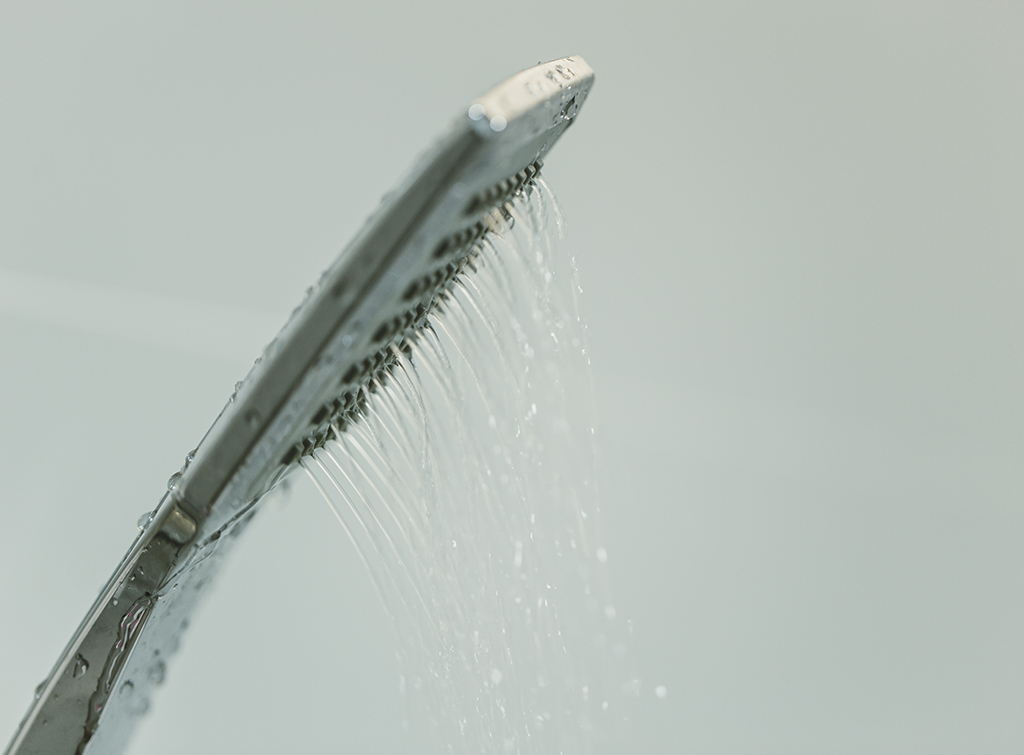
Is there an easy shower head low water pressure fix?
Not all shower heads are created equal; some are designed to filter water, to play music, or even to increase water pressure. So, if you are looking for a shower head low water pressure fix, you have two options:
- If your shower head is in good condition and you are happy with its performance, cleaning it out will help to improve the water pressure
- If your shower head is old or damaged, buying a new head that’s designed to improve water pressure is a great choice
How do I increase water pressure for a tap?
As mentioned earlier, you should check for the possible causes and act accordingly. It could be a case of:
- Replacing a faulty valve
- Unclogging the pipe
- Repairing the pipe
- Checking the valve is fully open
- Making sure the tap has an appropriate bar rating
How do I increase the pressure of hot water in a kitchen sink?
Along with the previous solutions mentioned, there are some quick fixes you can try first to increase hot water pressure in a kitchen sink:
- Turn off the water supply, take out the tap cartridge, and give it a clean before replacing it
- Ensure the plug is in the sink then remove the aerator to give it a clean and replace
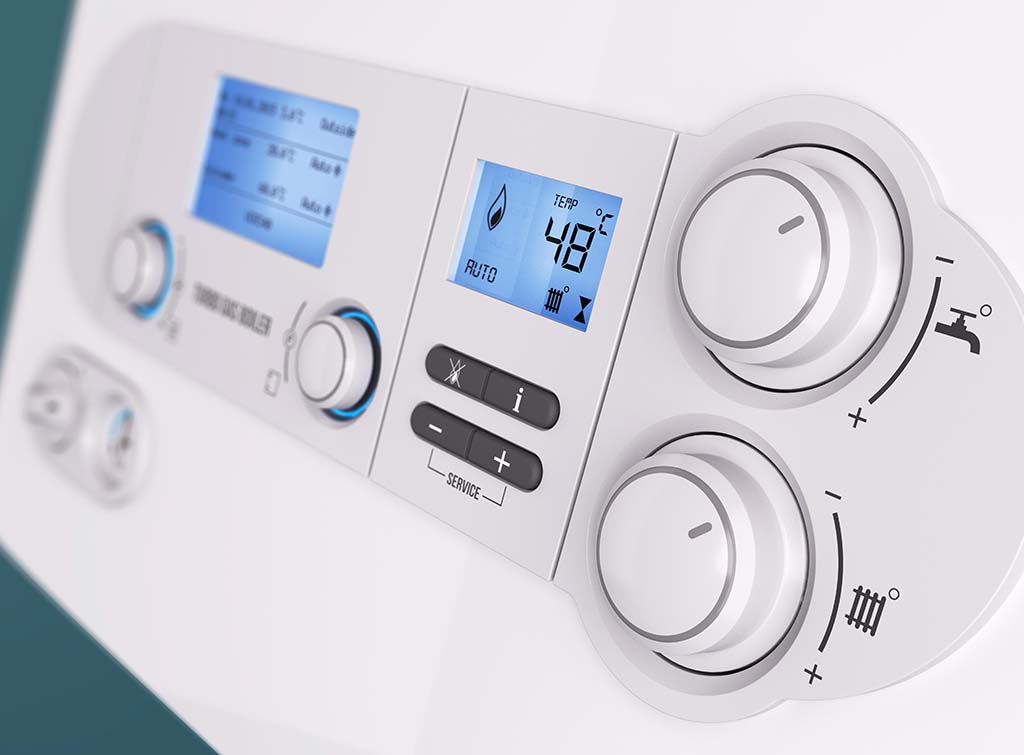
Is there a simple boiler low water pressure fix?
Most boilers will have a gauge to tell you what your current boiler water pressure is. If the gauge is showing a reading of under 1 bar, you have low water pressure. This is usually caused by a leak somewhere in the system but can also occur if you have recently bled your radiators.
One great fix for low water pressure in boilers is to add more water as follows:
- You will need to locate your boiler’s filling loop
- Once you have found this, turn off your boiler and wait for it to cool
- Ensure the filling loop is securely attached and open the valves at either end
- This will allow water to flood your system
- Once the boiler gauge reads about 1.5 bar, close the valves
- You can then turn your boiler back on
Top tip: Make sure to give your boiler time to heat up before you try to run a bath or shower.
If you are not experienced with boilers, please contact a professional.
How to fix a sink with low water pressure
Washing up, clothes washing, and preparing food are all essential uses for our kitchen sinks. So, if low water pressure becomes a problem, it can cause annoying delays and time wasted waiting for the sink to fill up.
Wondering how to fix low water pressure in a kitchen sink? Use the below fixes for quick results:
- Tap cartridge: Turn off the water supply, detach the handle, take out and clean the cartridge, then replace
- Aerator: Make sure the plug is in the sink then remove the aerator, clean and replace
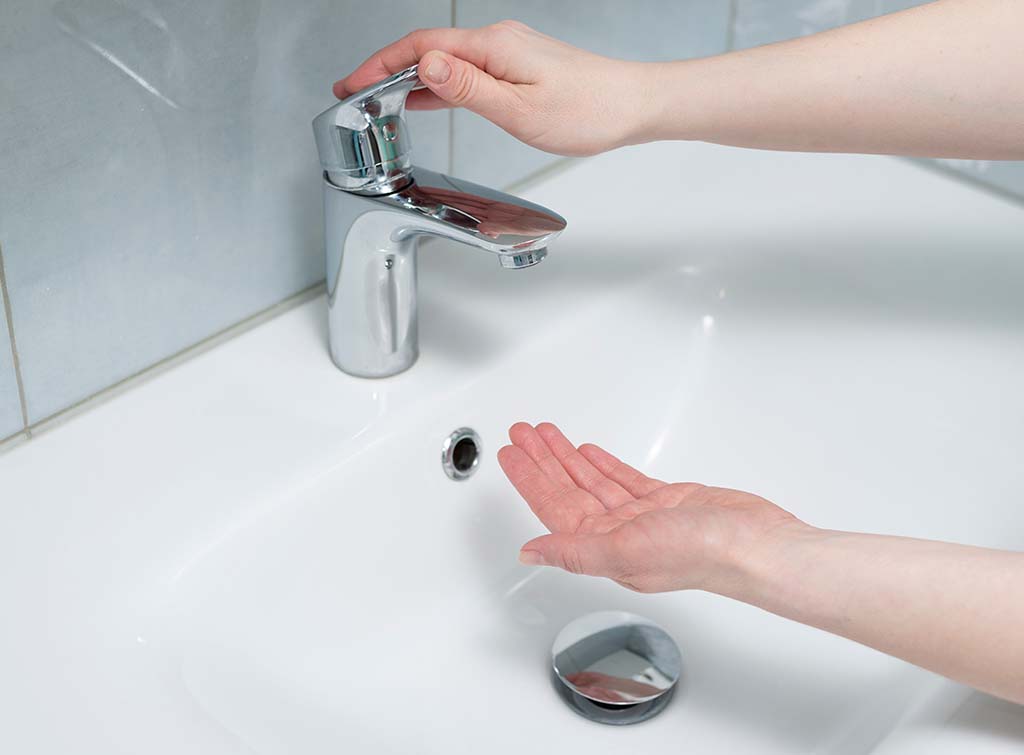
How to increase water pressure without a pump
There are other ways you can improve the water pressure in a home without purchasing a new pump. One method is to make sure that you have the right taps and showers for your water pressure system. Pressure is measured in bars, and appliances are usually labelled according to the bar rating they need to provide adequate pressure.
For instance, if you install a tap that needs two bars of pressure to work properly but the water system runs at one bar, you’re likely to receive only a trickling flow of water.
Here’s a guideline for the bar rating you’ll need based on the water pressure system:
- Gravity-fed – You’ll want to buy taps and showers with a bar rating between 0.1 and 0.5
- Combi boiler – Purchase appliances that have a bar rating of around 1 to 1.5
- Unvented – Look for taps and showers that run at 2 bars of water pressure
The importance of valves in a water system
If all appliances are running at the correct bar rating but a particular tap still seems like it’s providing water at a lower pressure, it could be due to a faulty valve. That’s why it’s a good idea to test all the valves in the home to make sure they are working properly.
A faulty valve is pretty easy to fix, you’ll just need to replace it. Here’s how:
- Turn off the water supply from the mains
- Remove the tap handle (different handles are removed in different ways, so you’ll need to work out which type you’re dealing with)
- Use the correct size spanner or an adjustable one to remove the cartridge – this will undo by turning the wrench anti-clockwise
- Install a replacement cartridge by screwing it in clockwise, making sure it’s tight enough to seal
- Now, re-fit the handle and tighten the screw
- Try opening and closing the handle to make sure you have positioned it correctly
How to increase water pressure with a pump
If your home is an older property, chances are it has a gravity-fed water system. These use a cold-water storage tank and a hot water cylinder, so they tend to operate with low levels of water pressure.
Or it might be that your low water pressure is simply a result of poor utility company supply or the elevation of your home.
In these scenarios, you’ll need to know how to improve water pressure with a pump.
A mains water booster pump can be fitted to draw water from the mains supply and feed it through the pipes at a higher level.
However, it’s important not to overpressure the water, especially if your pipes are old or clogged, as the increased pressure could cause splitting and damage.
Do check that your choice of pump is approved by the Water Regulations Advisory Scheme in accordance with Water Regulations. With this in mind, these are the main types of water pump to choose from:
- Positive pumps. Fed by gravity. They need a fall distance of at least one metre to operate properly.
- Single impeller pumps. Can only be installed into one water supply.
- Twin impeller pumps. Can be implemented into hot and cold water supplies.
- Universal pumps. Suitable for showers, these will work if the shower head is level with or above the cold-water tank.
Find a trusted professional
If you are struggling to figure out why you have low water pressure in your home, it may be time to call in a plumber. At Checkatrade we have done the hard work for you, just use our free search feature to find a range of quality tradespeople near you.
Take a look at our guides for more information:
FAQs
Why is my water pressure suddenly low?
We have discussed the main causes of low water pressure above, and any of them could kick in at any time without warning. The issue could be anything from a leak to a clog. A professional will easily be able to help you understand why your water pressure has suddenly dropped.
What causes low mains water pressure?
The main reasons for low water pressure are:
- Leaks
- Clogs
- Valve issues
- Broken pressure pumps
- Old pipes
- Degraded shower head
How do I check my home water pressure?
To check your home’s water pressure you will need to purchase a water pressure gauge.
- Turn off all taps both inside and outside your home
- Secure the pressure gauge to the outside tap
- Turn the tap on full and note the reading on the pressure gauge device
What is the water pressure in my area?
Normal mains water pressure should be a minimum 1 bar, but good water pressure is considered around 3-4 bars.
Can I turn up my water pressure?
There is often a way to turn up your water pressure yourself. Located near your home’s water supply pipe, the pressure-reducing valve can be used to alter water pressure throughout your system.
If you want to increase the pressure in your home, turn the bolt on top of the valve clockwise. With a pressure gauge, check the pressure is increasing and once it reaches 50PSI, retighten the bolt.
How do you diagnose water pressure problems?
A few steps you can take to diagnose the cause of your water pressure problems include:
- Speak to neighbours to see if they’re having issues
- Check for leaks
- Check your taps and shower head for blockages
- Make sure all valves are open
- Check your water pump isn’t malfunctioning
- Check your external pipes for freezing
- Note any rusty pipes or sediment coming out of taps
- Check your pressure regulator’s settings

We check the reviews on Checkatrade are from real people, and that trades meet our high standards.
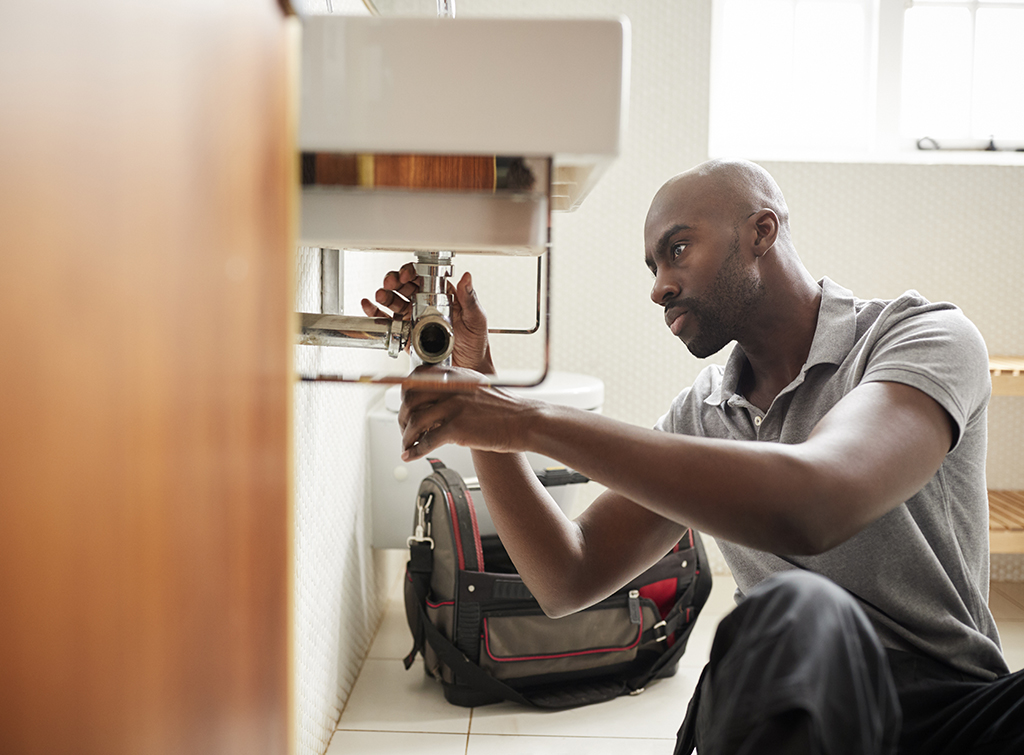
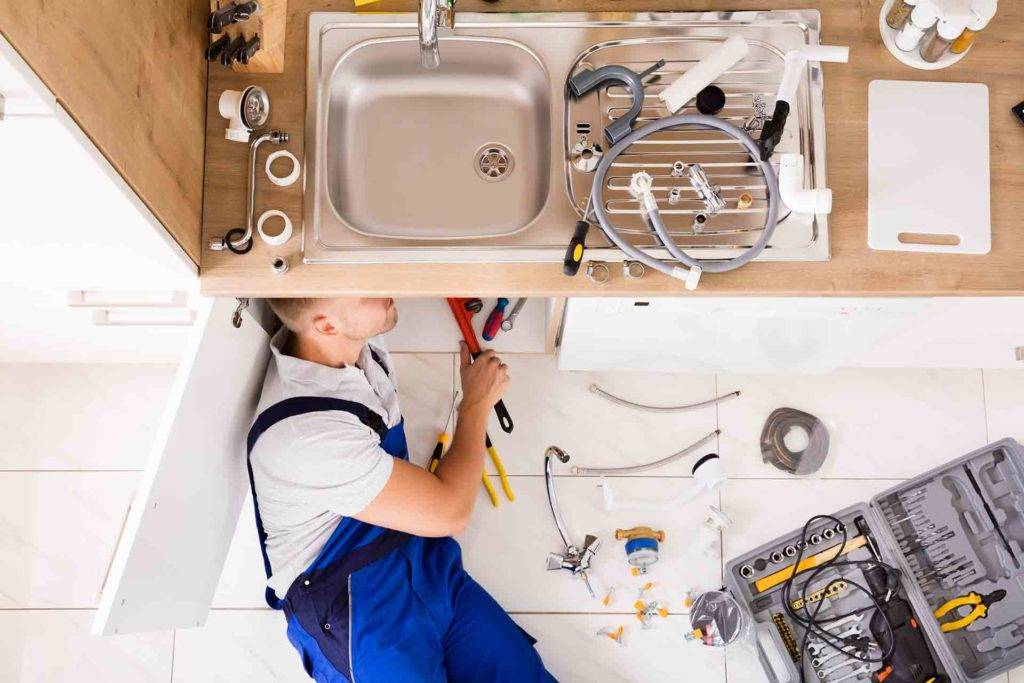
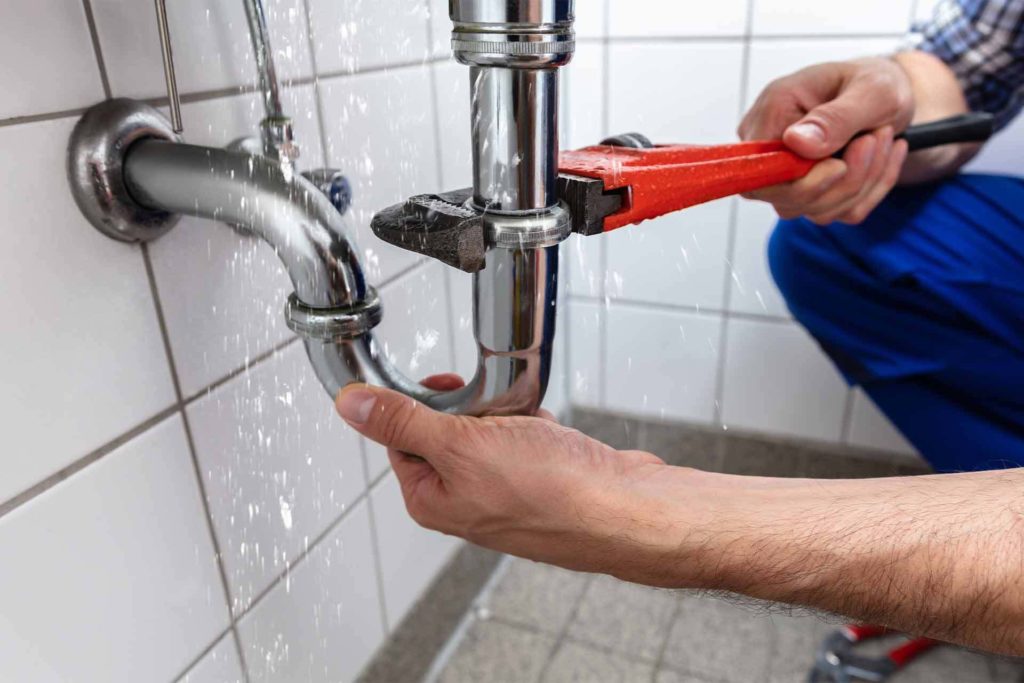
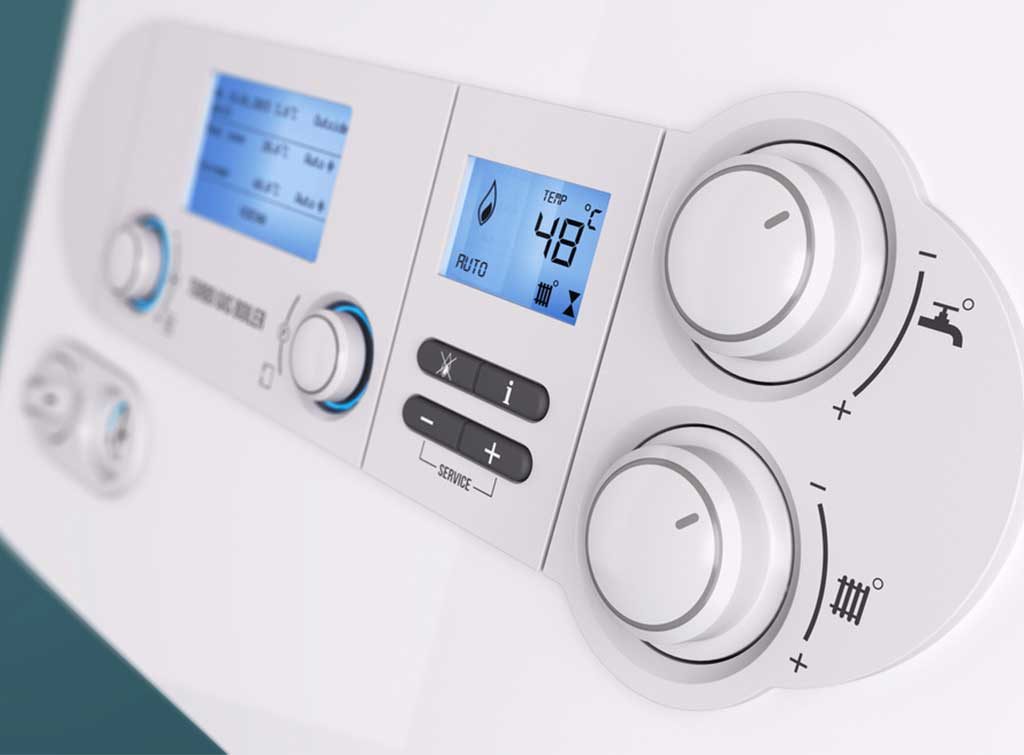
No comments yet!